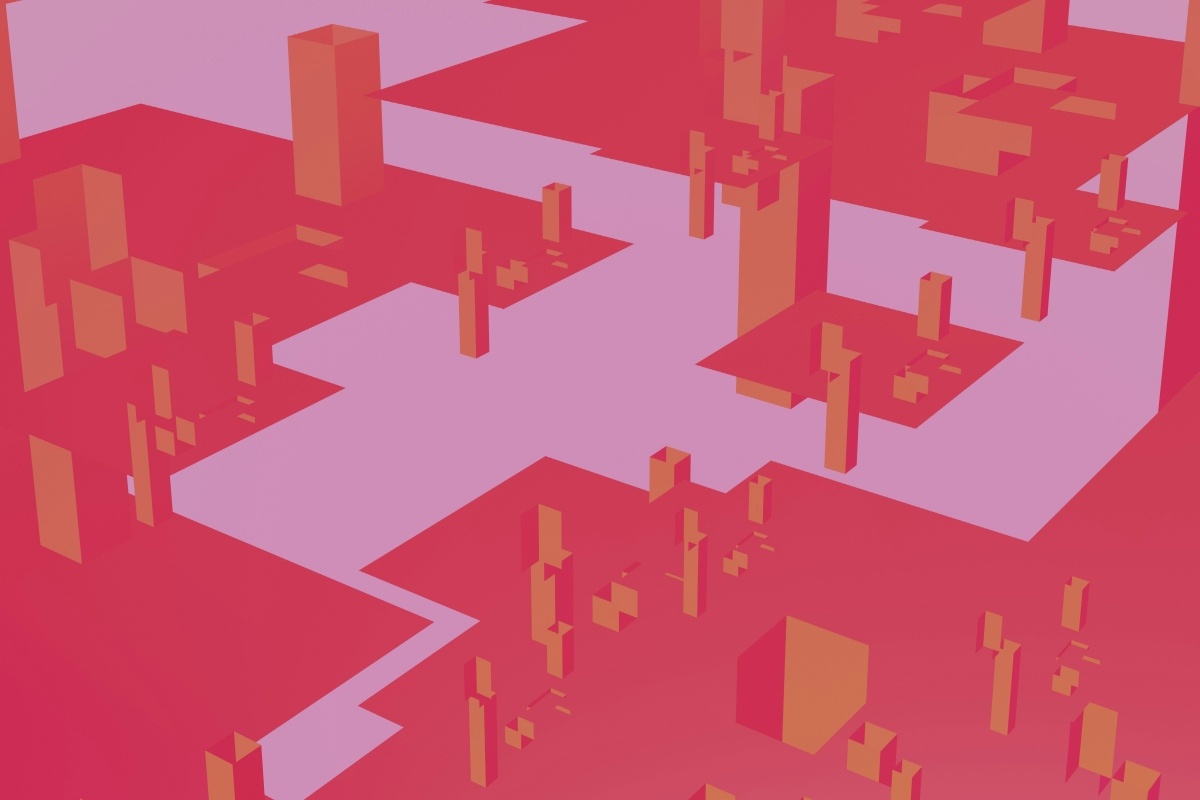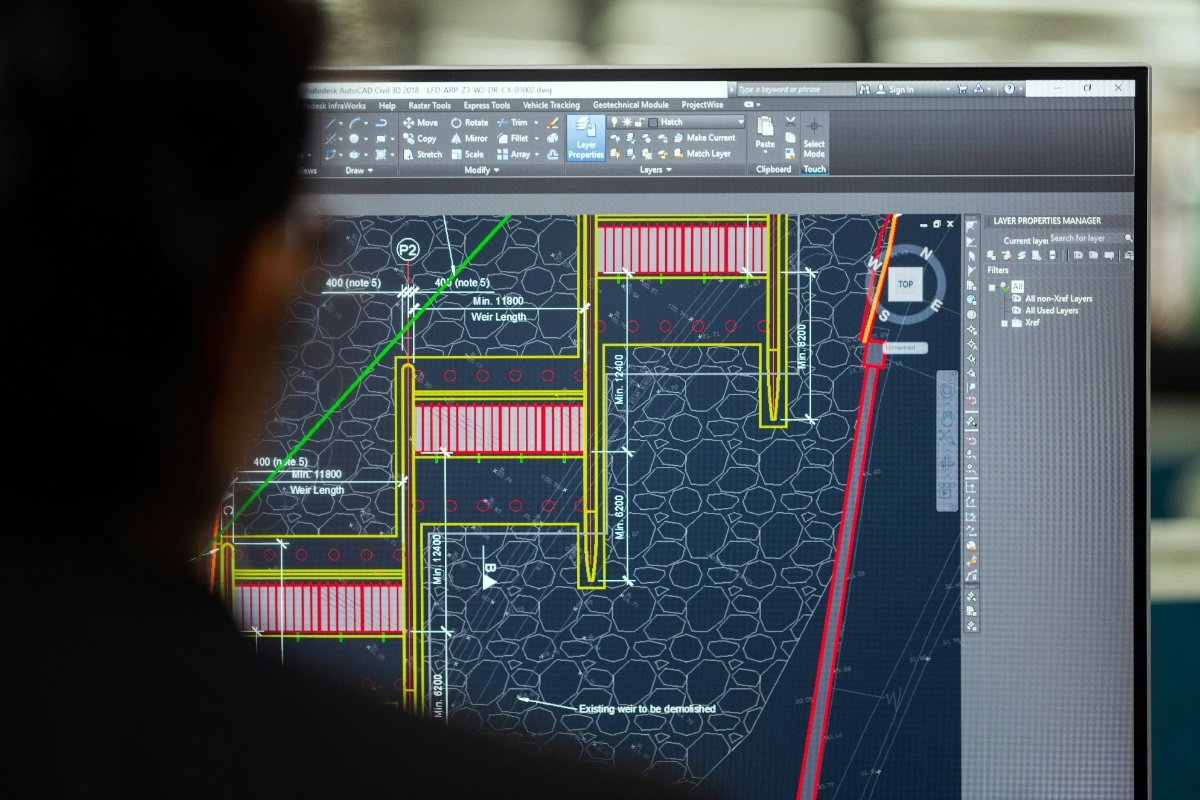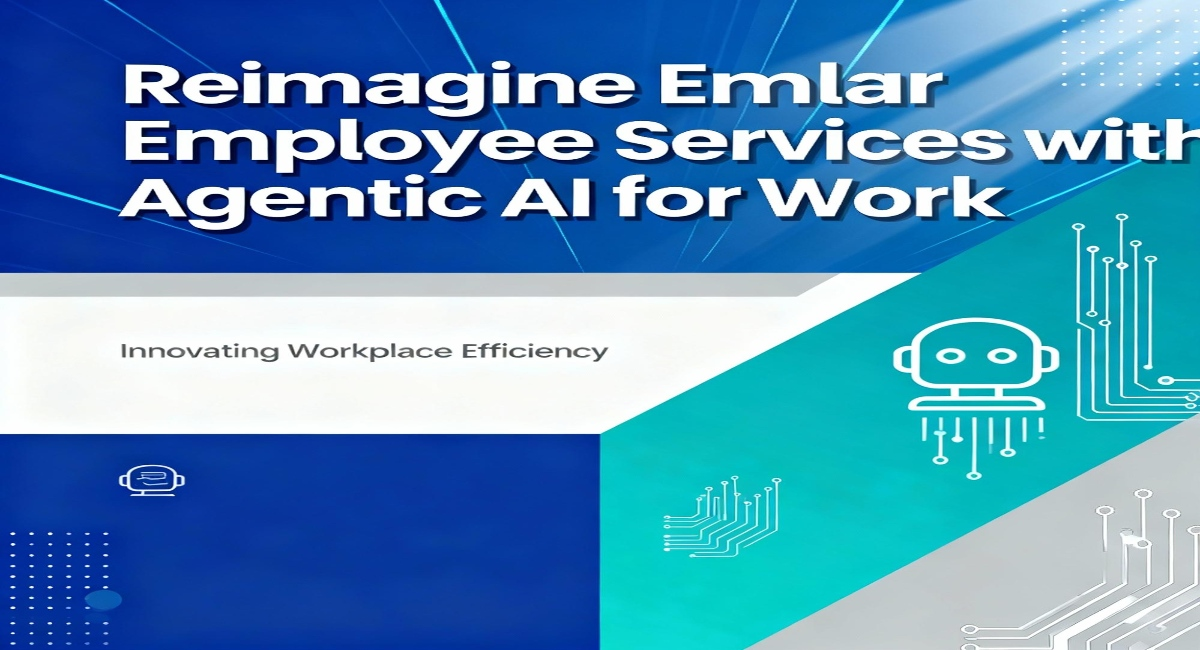
Modern enterprises depend on agility, scalability, and innovation to stay competitive. However, outdated systems often stand in the way of slowing performance, increasing maintenance costs, and introducing security vulnerabilities. To address this, many organizations are turning to legacy system modernization services that help migrate, refactor, and optimize legacy applications efficiently. Yet, despite technological advancements, many modernization initiatives still face critical challenges.
This guide explores the top 10 challenges in legacy modernization and provides practical, AI-supported solutions to help organizations achieve successful transformation.
One of the biggest modernization roadblocks is the lack of full visibility into existing system architecture, dependencies, and data flow. Without accurate system mapping, modernization efforts risk unexpected breakdowns.
Use AI-powered discovery tools and automated dependency mapping within an application modernization platform to identify code structures, integrations, and data relationships accurately before migration.
Legacy systems often have tightly coupled modules and undocumented code dependencies that cause migration failures.
AI-driven code analysis detects these hidden relationships, ensuring safer refactoring and reducing post-deployment issues by up to 40%, according to a 2024 IDC report.
Data inconsistencies, large database volumes, and compatibility issues can delay modernization projects.
Adopt intelligent ETL (Extract, Transform, Load) tools with AI validation to automate schema mapping, data cleansing, and real-time migration error detection.
Downtime during migration can severely affect operations and revenue.
Implement phased migration using containerized architectures. Cloud-based application modernization solutions enable parallel system deployment, minimizing downtime and ensuring business continuity.
Legacy modernization requires a mix of old-system knowledge and new-architecture skills β a rare combination.
Partner with modernization experts offering end-to-end application modernization services. Look for teams experienced in cloud platforms, AI integration, and DevOps automation.
Many modernization projects exceed their budget due to underestimated complexities.
AI-driven cost estimators and analytics tools can forecast project effort, allowing organizations to adjust scope and resources proactively. According to Gartner, enterprises using AI in modernization reduce budget overruns by 30%.
Legacy systems are often riddled with security vulnerabilities that get carried into the modernized environment if not handled carefully.
Select an application modernization platform that includes built-in encryption, compliance checks (GDPR, HIPAA), and automated threat detection.
Integrating legacy applications with modern systems or APIs can be complex due to differing architectures.
Use microservices and API gateways to ensure seamless interoperability. AI-based integration mapping tools can automate interface adaptation and reduce manual effort.
Without a structured roadmap, modernization projects lose focus and direction.
Adopt a phased roadmap:
This 5-phase approach, powered by AI insights, enhances predictability and efficiency.
Employees often resist modernization due to fear of new technology or process disruption.
Involve teams early, conduct upskilling sessions, and highlight efficiency gains. Human-in-the-loop (HITL) AI systems make transitions smoother by combining automation with expert oversight.
AI and automation have redefined the modernization landscape. Through intelligent code analysis, risk prediction, and performance optimization, AI transforms legacy systems faster and with greater precision.
Recent research by Deloitte (2024) found that companies using AI-assisted modernization platforms achieved:
A strategic approach supported by legacy system modernization services ensures cost efficiency, security, and long-term scalability.
Legacy modernization isnβt merely an IT upgrade itβs a strategic initiative to ensure long-term growth and resilience. While challenges exist, adopting AI-driven application modernization solutions can significantly reduce risks, enhance performance, and future-proof enterprise systems.
By combining automation, analytics, and human expertise, businesses can modernize confidently and efficiently turning challenges into transformation success stories.
1. What are the most common challenges in legacy modernization?
Key challenges include hidden dependencies, data migration complexity, high costs, and skill shortages.
2. How do AI platforms simplify modernization?
AI automates code analysis, risk detection, and testing speeding up modernization by up to 50% while minimizing human error.
3. What is an application modernization platform?
Itβs an AI-powered system that helps analyze, refactor, migrate, and optimize legacy applications into scalable modern architectures.
4. Why is data migration often difficult?
Legacy data formats and inconsistent schemas cause compatibility issues, which AI-based ETL tools help resolve efficiently.
5. How do legacy system modernization services reduce downtime?
They use phased migration and hybrid deployment models to ensure continuous business operations during system upgrades.
This post has been authored and published by one of our premium contributors, who are experts in their fields. They bring high-quality, well-researched content that adds significant value to our platform.









